During the opening ceremony of the Paris 2024 Olympic Games , it amazed the whole world: never before had a flying Olympic brazier been seen, such as the one designed by French designer Mathieu Lehanneur, born in 1974, who is known for his approach that blends science and beauty. And now, the flying brazier could become permanent, a new attraction for the French capital: the large hot air balloon that hovered above the Paris sky in the Tuileries garden during the opening of the Olympics is at the center of a discussion about its future.
Two petitions have already been launched calling for the work to be made permanent, perhaps installing it outside a stadium. The idea is that making the Olympic brazier permanent could make the legacy of the Paris 2024 Games resonate well into the future. Not to mention that it would be one more reason to return to Paris. Then there are also those who propose leaving the brazier at the Tuileries, with the idea of turning it into a major tourist attraction.
The mayor of Paris, Anne Hidalgo, has already shown openness in this regard. “It’s an extraordinary, magnificent object, and the place where it is located is also magnificent,” she said in an interview with France Bleu, and said the brazier, along with the Olympic rings on the Eiffel Tower and the statues of great French women also on display during the opening ceremony, is one of the “three iconic objects” that the first citizen wants to preserve even after the Games are over. “These three magnificent symbolic artistic objects deserve all our attention. They are undoubtedly iconic objects, they are also part of a legacy of the Games, which we would like to preserve. But we need to work on them.”
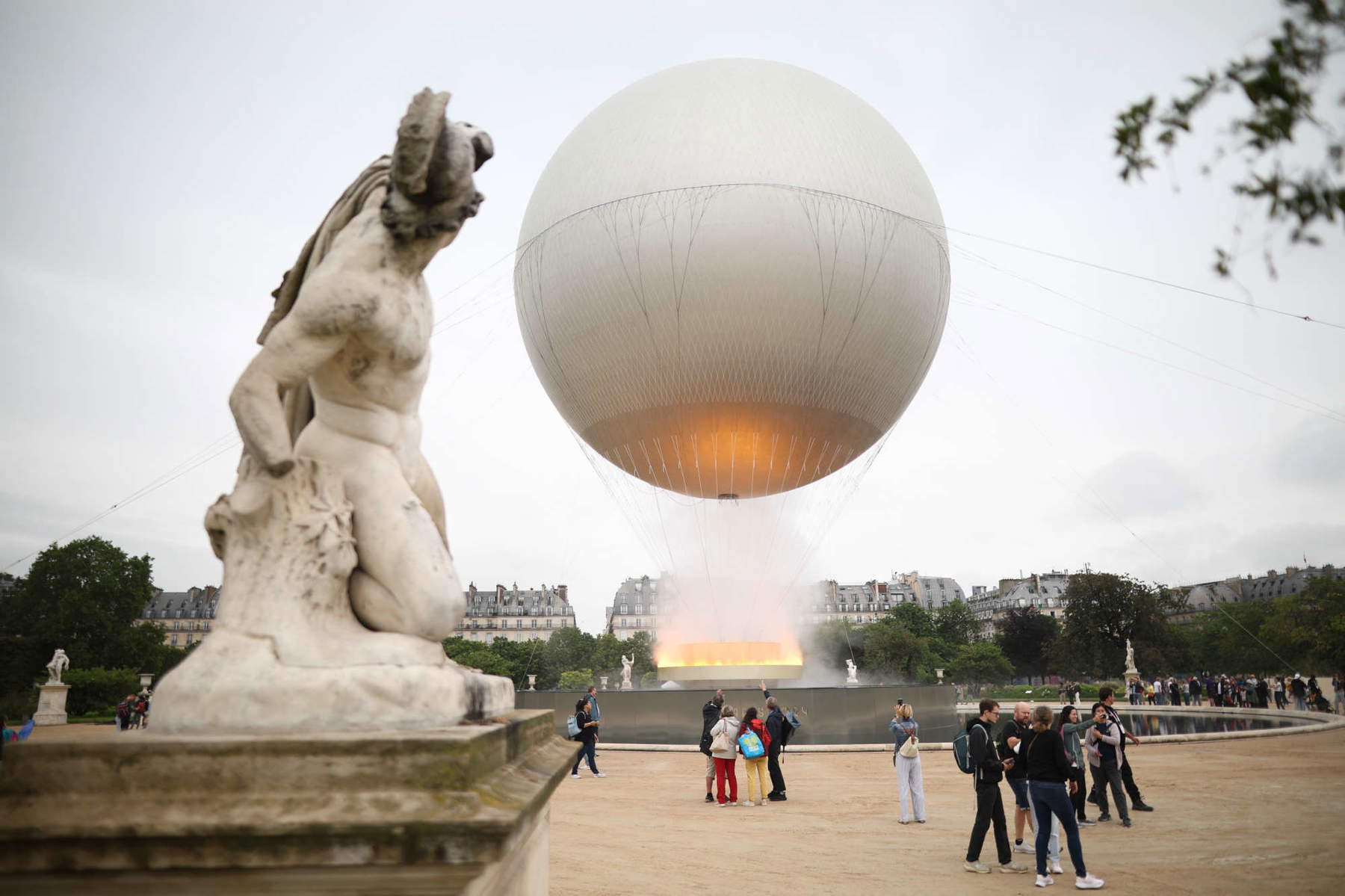
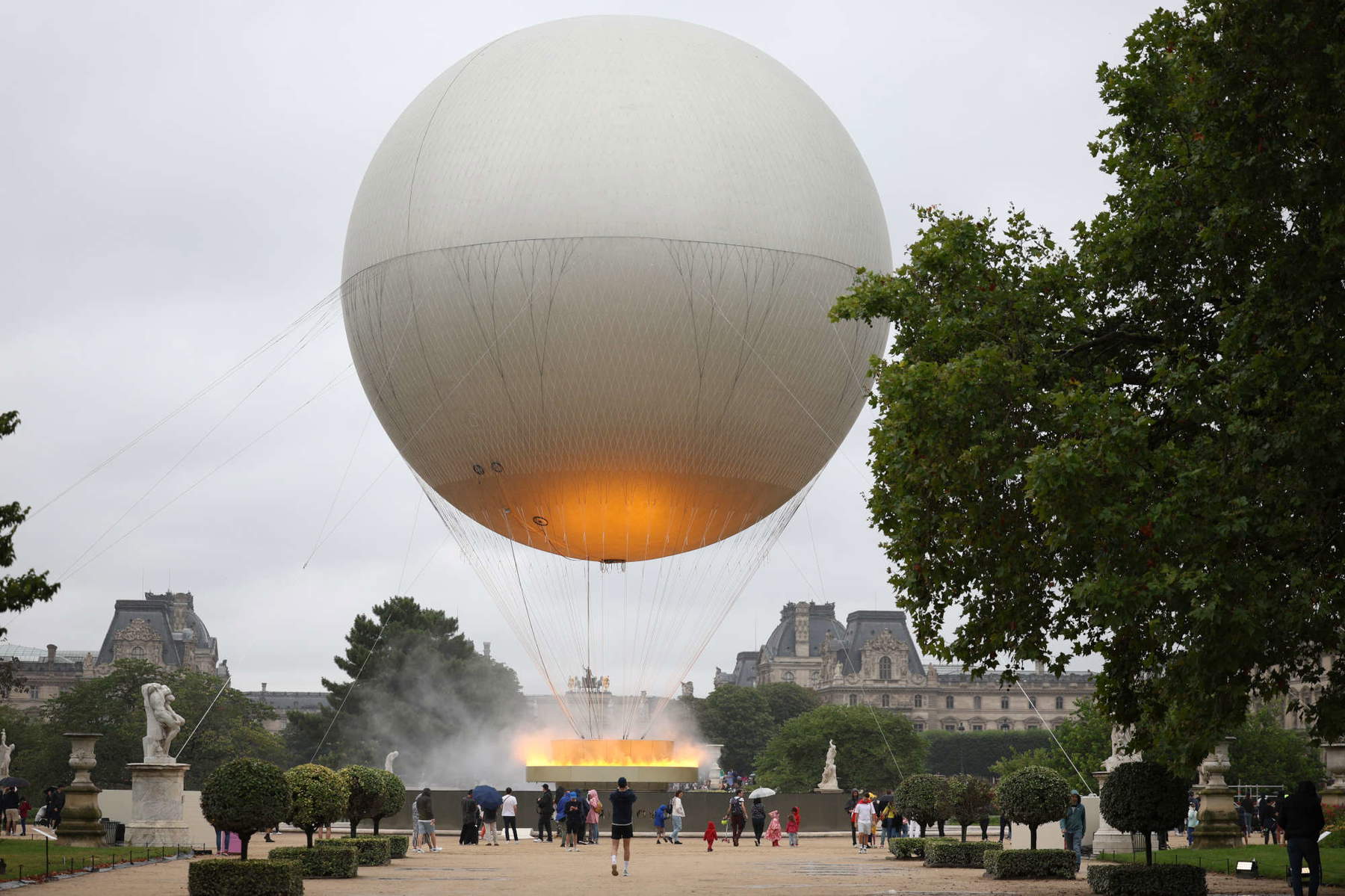
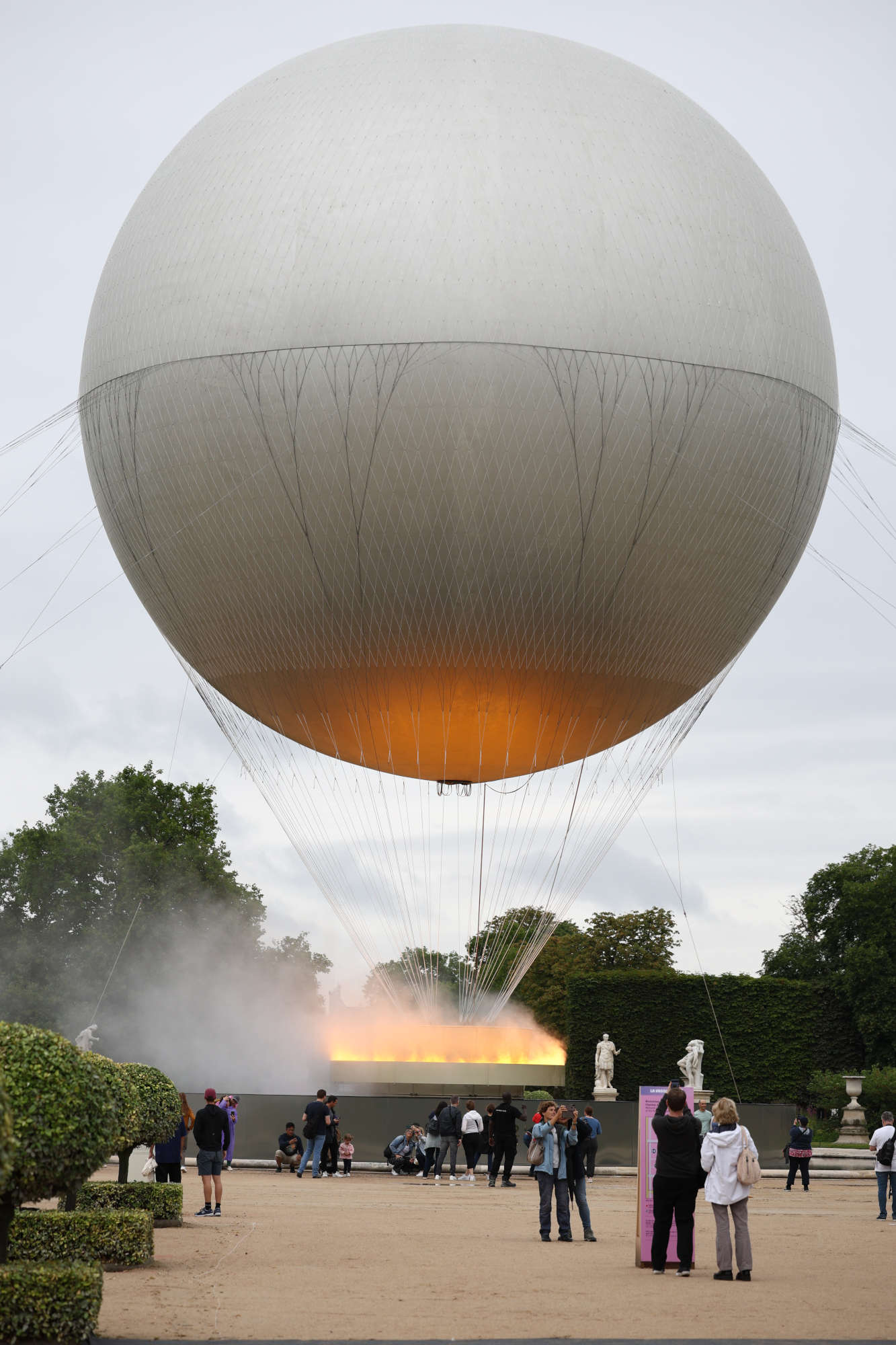
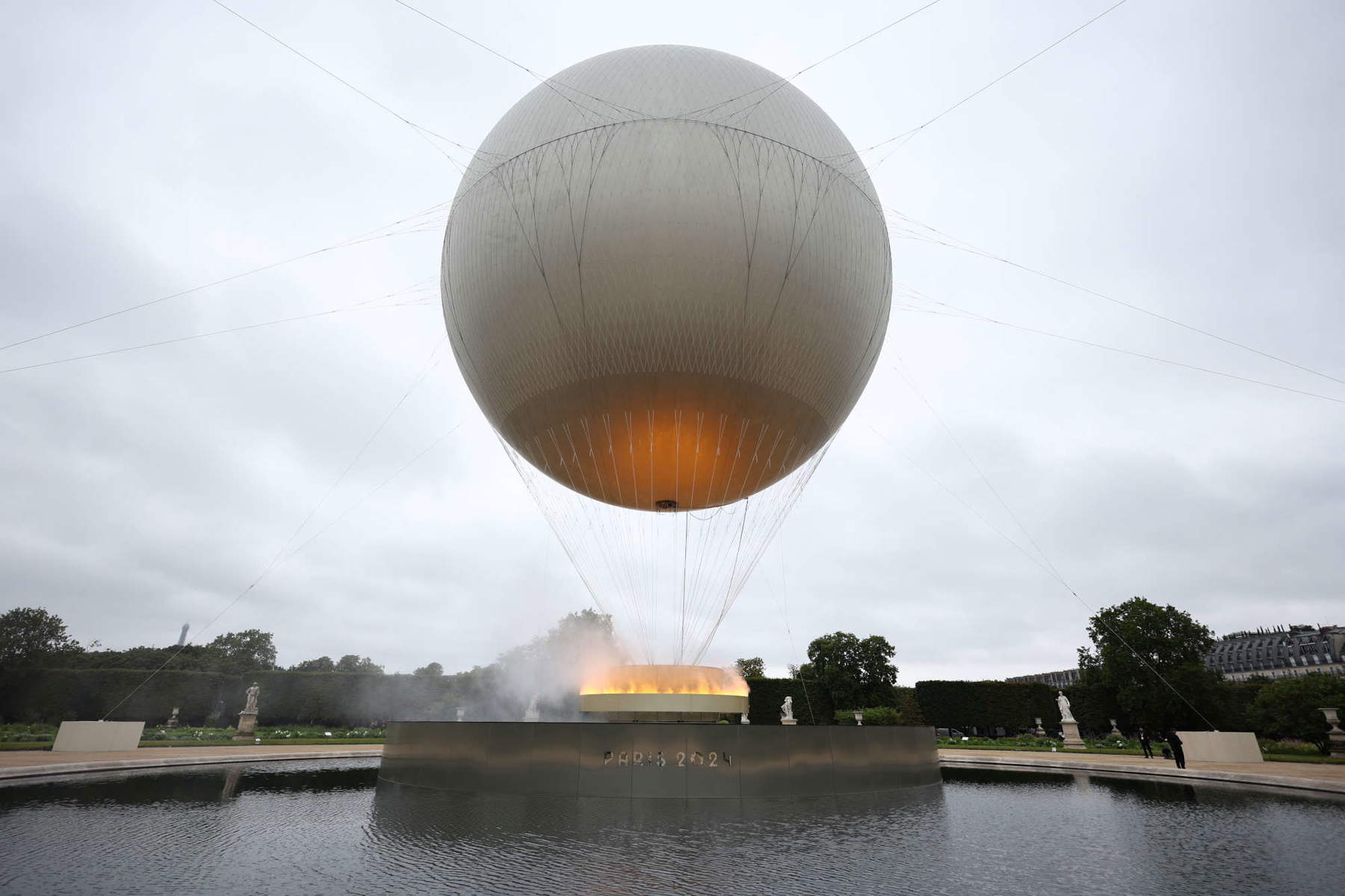
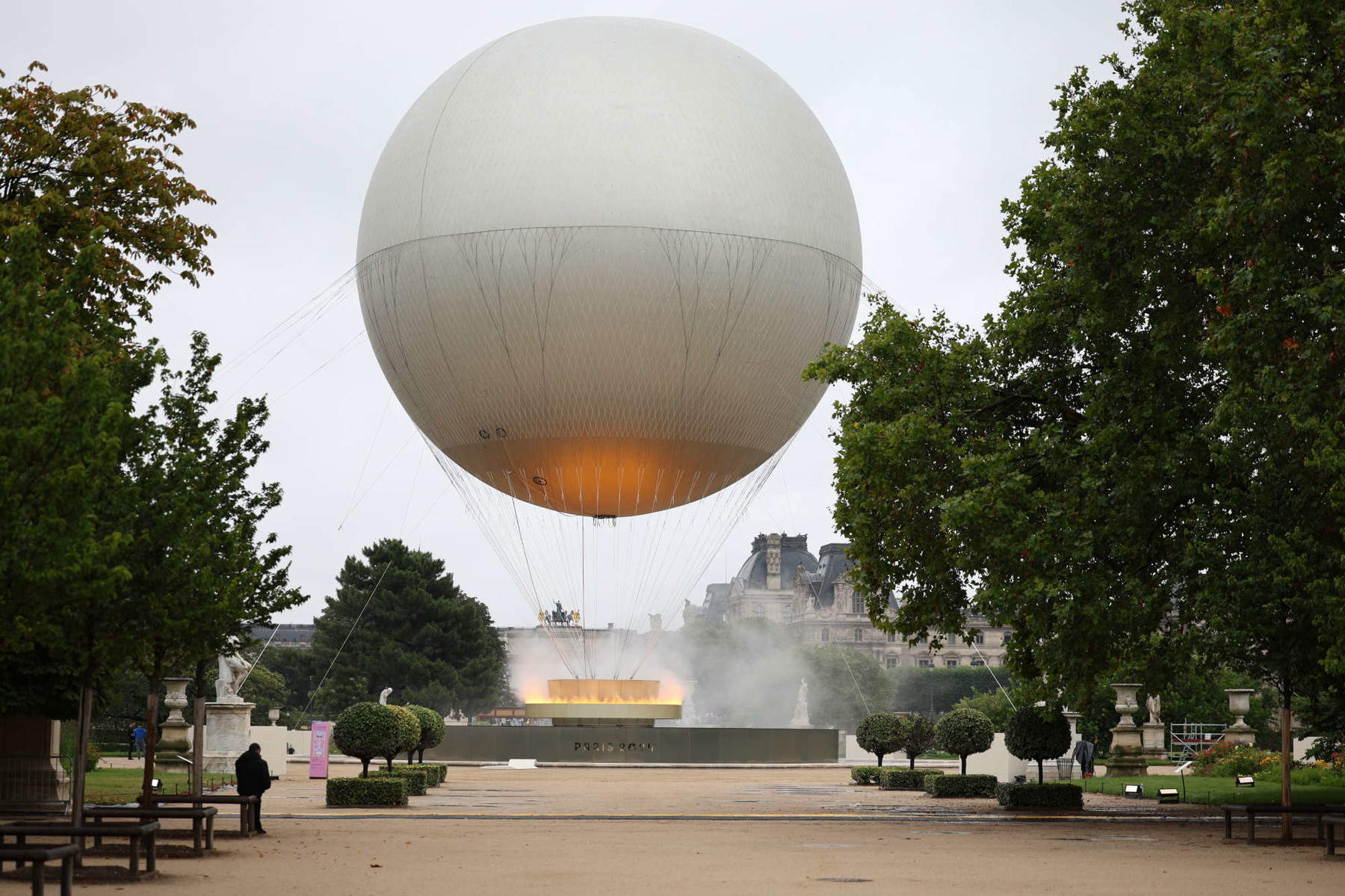
The Olympic brazier has been burning since last Friday, July 26, when at 11:24 p.m. the two French athletes Marie-José Pérec and Teddy Riner lit it at the end of the opening ceremony. It is not a real flame: In fact, Lehanneur designed it in a sustainable way, so that it burns without fuel, through a play of lights powered by renewable electricity (all produced in France), 40 LED spotlights arranged along a ring 7 meters in diameter, while to give the effect of smoke, a fine mist was created with water mist coming out of 200 nozzles. Thirty meters high, it rises more than 60 meters above the ground and is visible in all its magnificence from sunset until 2 a.m. each night. The Paris 2024 organization also offered the opportunity to get close to the brazier, to 10,000 people who bought the appropriate ticket (300 admissions every quarter of an hour at the Tuileries Garden, with hours 11am-7pm).
This innovative brazier was envisioned as a tribute to the first flight in human history, which took place in Paris in 1783, when scientist Pilâtre de Rozier and the Marquis d’Arlandes plied the skies based on the research of the Montgolfier brothers. Also in France, while the Montgolfiers were developing their hot-air balloon rather empirically, physicist Jacques Charles invented the gas balloon , filled with hydrogen. A more powerful, safer and more sophisticated balloon took off a few days after Pilâtre de Rozier’s flight, from the same spot in the Jardin des Tuileries, in front of 400,000 astonished people. And again, one hundred years after the first hot-air balloon adventure, in 1878, it was once again at the Tuileries that a French engineer, Henri Giffard, invented the braked balloon, consisting of a gas balloon and a steam-powered winch, which was to be a resounding success.
“The lighting of the Cauldron,” said Tony Estanguet, chairman of the Paris 2024 organizing committee, “is always a highlight of the Games, because it marks the beginning of the Games. In Paris 2024, we were once again very inspired and, with Mathieu Lehanneur, we wanted to take the concept even further. With a flying brazier, we wanted to pay tribute to the spirit of boldness, creativity, innovation-and sometimes madness! - of France, which is at the heart of the DNA of Paris 2024. The brazier is also the symbol of our slogan: Games Wide Open. Located in the heart of the city, in the Tuileries Garden, next to the Seine for the opening ceremony of the Olympic Games and at the end of the Champs-Elysées and Place de la Concorde for the opening ceremony of the Paralympic Games, it will also be visible to the public via a free ticketing system.”
“This absolutely unique brazier represents all the spirit I wanted to give to Olympic and Paralympic objects,” said designer Mathieu Lehanneur. “Light, magical and unifying, it will be a beacon in the night and a sun within reach during the day. The fire burning within it will be made of light and water, like a cool oasis in the heart of summer.”
“The Tuileries Garden,” says Louvre director Laurence des Cars, on the other hand, “is a place that is completely open to the city. It is the largest green space in the heart of Paris and is also, with nearly 14 million visitors a year, the most visited park. The unusual shape of this water basin resonates beautifully with the history of the Louvre National Estate, on which the balloons have been making their mark since 1783: a place of technological innovation, a place of history and images, and a place of entertainment for people.” Will the brazier be able to become permanent?
 |
| There is talk in Paris of making the Olympic brazier permanent |
Warning: the translation into English of the original Italian article was created using automatic tools. We undertake to review all articles, but we do not guarantee the total absence of inaccuracies in the translation due to the program. You can find the original by clicking on the ITA button. If you find any mistake,please contact us.